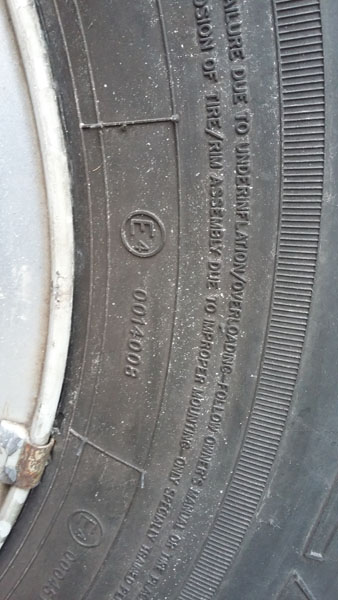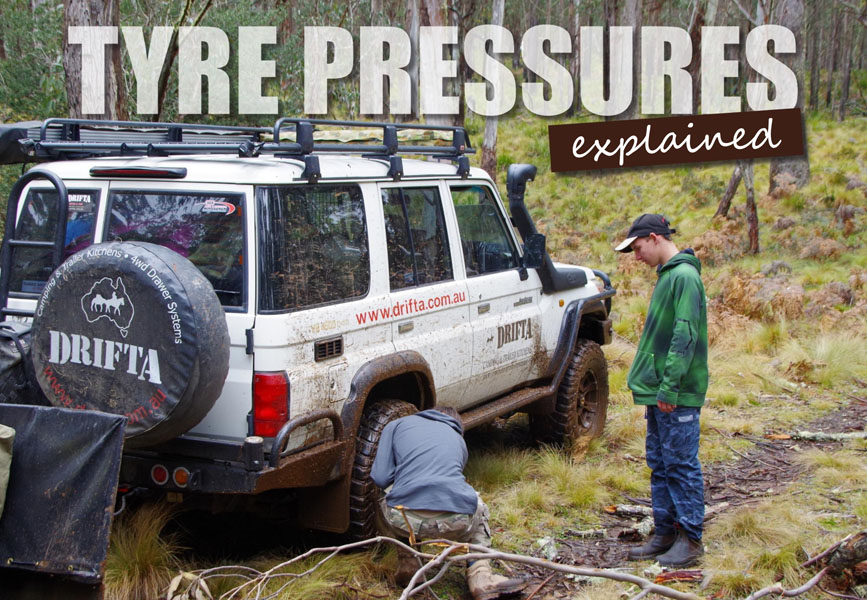 What is air pressure? Here’s a quick visual example. Take a 1 inch square piece of metal that is 1 foot long and weighs 1 pound. Standing that piece of metal on its end on a scale it would exert 1 pound of force per square inch of force (1psi). If you were to use a 10 foot long piece of the same metal it would apply 10psi of pressure and so on.
What is air pressure? Here’s a quick visual example. Take a 1 inch square piece of metal that is 1 foot long and weighs 1 pound. Standing that piece of metal on its end on a scale it would exert 1 pound of force per square inch of force (1psi). If you were to use a 10 foot long piece of the same metal it would apply 10psi of pressure and so on.

The way gasses like air exert pressure on the inside of a sealed container like a tyre, is through the action of the atoms of air colliding with the sides of the tyre. Atoms within the tyre are constantly hitting into the sides of the tyre , these collisions exert an outward pressure on the tyre. There are two ways to increase this outward pressure. One is to put more atoms of air into the tyre, the more collisions with the inside of the tyre, the more pressure exerted on the tyre. The other way is to raise the temperature of the atoms inside the tyre, the higher the temperature the faster the atoms move, and therefore the more they collide with the inside of the tyre.

When you inflate your vehicles tyres you are using a pump to increase the air pressure within the tyre by increasing the number of atoms that make up the air inside the tyre, tyres typically contain from 30-40psi air pressure.

You should always adjust your tyre pressures when driving on the beach, it makes a huge difference
You can now imagine that the outside air temperature or weather can have a direct effect on the pressure of your vehicle tyres. Tyres can deflate during cold weather because the air contained within them ‘contracts’ when they are cold, as the atoms within are colliding less with the walls of the tyre. According to tyre manufacturers, air pressure can drop by 1-2psi for every 12C change in the temperature. For example if the temperature drops from 30C to 0c your tyre pressure could drop by up to 5psi.

Always check out the information on your tyre before adjusting your tyre pressures
You should also always check your tyre pressures when your car, and tyres are cold, friction between the road and the tyre can heat the tyre and the air within, giving an inaccurate reading of your tyre pressure.
Similarly in very warm weather your tyres psi can increase. So knowing all this it makes sense to regularly check your tyre pressure , especially as the seasons change.








Recent Comments